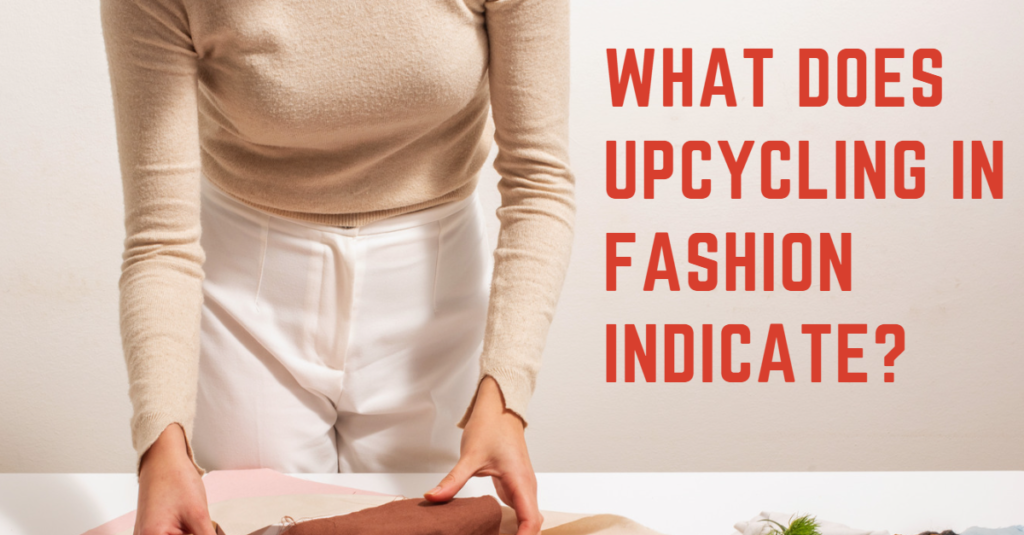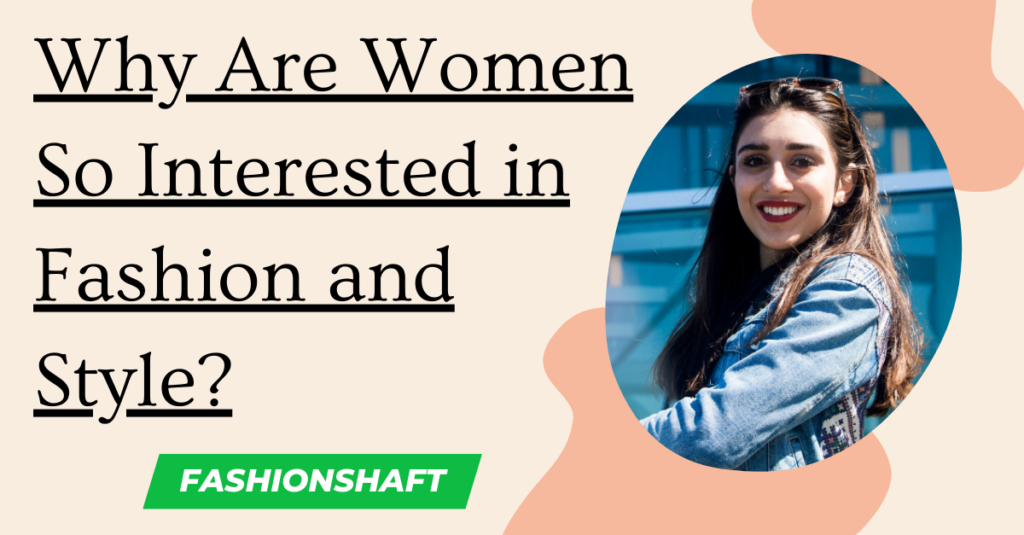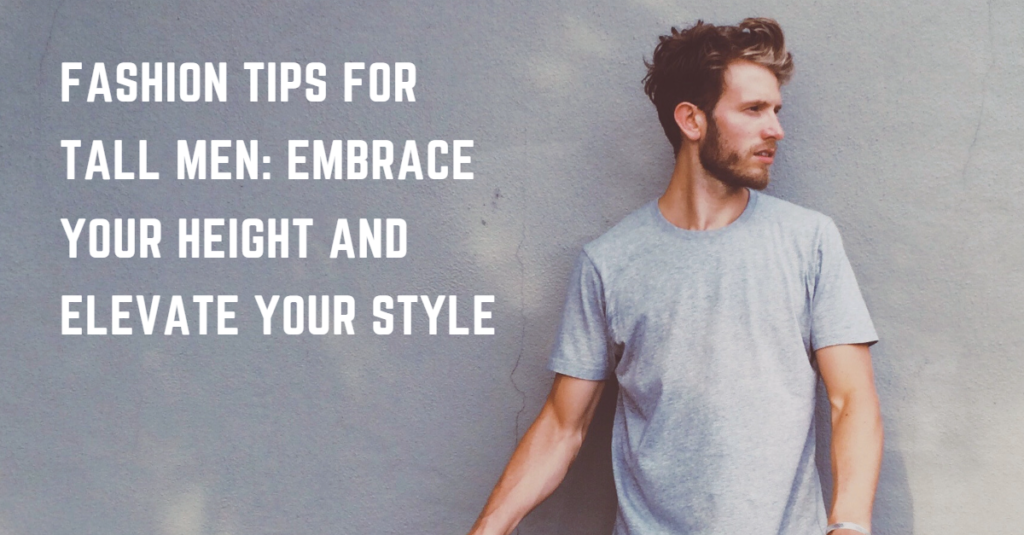What Does Upcycling in Fashion Indicate?
The fashion industry is no stranger to trends and fads, but one movement that has been steadily gaining momentum is upcycling. But what exactly does upcycling in fashion indicate? In a world that is increasingly concerned about environmental sustainability, upcycling represents a powerful shift towards a more responsible and conscious approach to fashion.
Upcycling, at its core, is the process of transforming discarded or unused materials into new and higher-value products. Unlike recycling, which involves breaking down materials to create new ones, upcycling focuses on repurposing and reinventing existing materials to give them a new lease on life. This concept is not only applicable to fashion but also extends to various other industries.
In the realm of fashion, upcycling represents a departure from the prevailing fast fashion culture that promotes disposability and overconsumption. It challenges the notion that clothing should have a limited lifespan and instead encourages a more sustainable and circular approach. By upcycling, designers and brands are able to breathe new life into discarded garments and materials, creating unique and one-of-a-kind pieces that are both stylish and environmentally friendly.
One of the key indicators of upcycling in fashion is the emphasis on creativity and innovation. Designers who practice upcycling are constantly pushing the boundaries of traditional design, using their imagination and resourcefulness to transform materials that would otherwise end up in landfills. They see potential where others see waste, and this mindset drives them to experiment with unconventional materials, textures, and techniques. The result is a fashion movement that is defined by its ability to surprise and delight, showcasing the limitless possibilities of upcycled fashion.
Another indication of upcycling in fashion is the focus on ethical production practices. Upcycling inherently promotes sustainability by reducing waste and minimizing the need for new resources. By utilizing existing materials, upcycled fashion bypasses the detrimental environmental impact associated with the production of new garments. Additionally, upcycling often involves working with local artisans and craftspeople, fostering a sense of community and supporting small-scale production. This localized approach not only helps to reduce the carbon footprint but also ensures fair wages and ethical working conditions.
Upcycling in fashion also signifies a shift towards conscious consumption and a rejection of the throwaway culture. In a world where trends come and go at a rapid pace, upcycled fashion offers a refreshing alternative. Upcycled garments are often unique and limited in quantity, making them truly special and coveted pieces. Consumers who embrace upcycled fashion are not only making a fashion statement but also aligning themselves with values of sustainability and individuality. They are choosing quality over quantity, investing in pieces that have a story and a purpose.
Furthermore, upcycling in fashion signifies a broader shift in consumer attitudes towards sustainability. As awareness grows about the environmental and social impact of the fashion industry, consumers are becoming more discerning and demanding. They are seeking out brands and designers that prioritize sustainability and transparency, and upcycling is a clear manifestation of these values. The rise of upcycled fashion indicates a desire for change and a rejection of the status quo, with consumers actively supporting brands that prioritize sustainability and align with their values.
In conclusion, upcycling in fashion indicates a transformative movement towards a more sustainable, ethical, and conscious industry. It represents a departure from the fast fashion culture, emphasizing creativity, innovation, and ethical production practices. Upcycled fashion challenges the notion of disposability and promotes a circular approach to clothing, where materials are given a new life and garments become unique and cherished pieces. Moreover, upcycling in fashion is a clear indicator of changing consumer attitudes, with individuals increasingly valuing sustainability and seeking out brands that align with their values. By embracing upcycled fashion, we can contribute to a more responsible and environmentally conscious future for the fashion industry.

My name is Rohit Vagh and I’m a content writer specializing in fashion and lifestyle. I have three years of experience in this field and have written various articles. My writing style is creative and engaging, and I strive to create content that resonates with my readers. I have a deep passion for fashion and am constantly researching the latest trends and styles to make sure my readers are up to date. I’m excited to continue my career in blogging, and I’m always looking for new opportunities in the fashion and lifestyle space.





